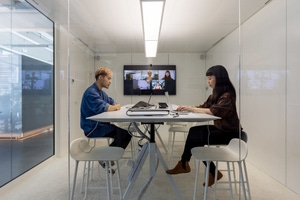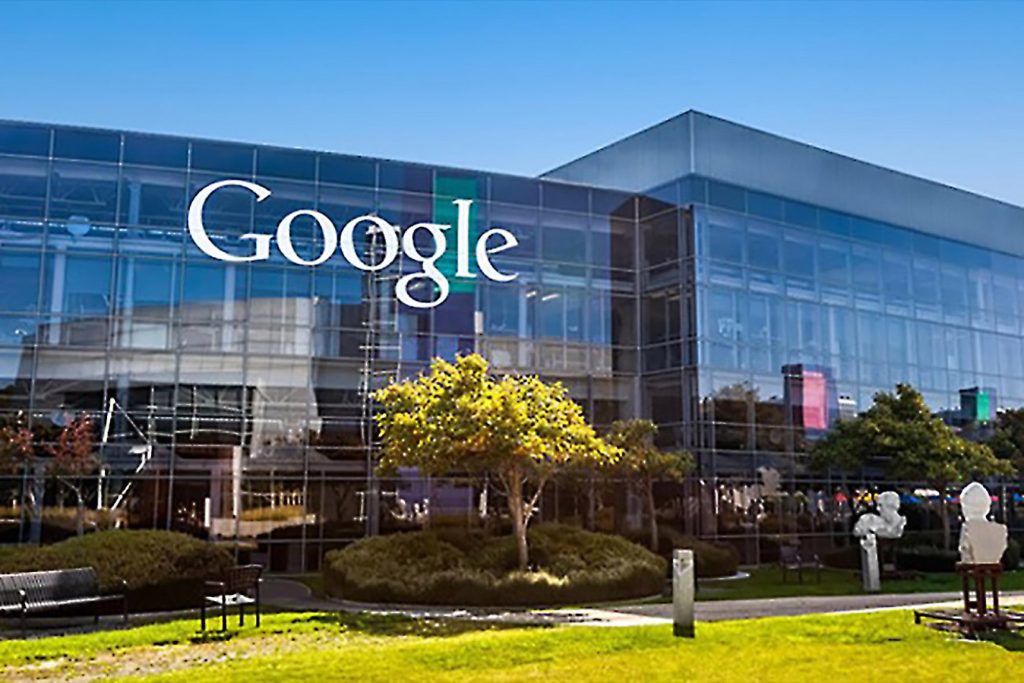Digital Workplace From Working Digitally

A digital workplace in today’s remote, in-person and hybrid world should drive performance and efficiency for companies, not hinder it.
The digital workplace first emerged in the late 2000s, when pioneering thought leaders introduced the idea that it’s not where you work, but how you work. This phrase has taken on new shapes and meanings as analyst firms like Deloitte and Gartner saw where the wind was blowing and began defining and formalizing it. But the majority of workers — and their companies —
hadn’t paid much attention to the idea of non-traditional workplaces until they were forced to work from home,
many for the first time ever.
Today’s digital workplace, in simple terms, is a single place to get work done —
collaborate, communicate and share content with everyone you work with —
all in one place and all in the digital realm.
It’s the virtual equivalent of the traditional workplace,
which is part of what distinguishes it from simply working remotely using a smorgasbord of digital tools.
This distinction is important, because it gives structure to something that still feels nebulous, even to companies with fully or partially remote workplaces.
Why too many digital workplace tools don’t work
When companies scrambled to quickly transition their teams to working remotely, many built what they thought was their own version of a digital workplace — but it wasn’t at all.
Companies cobbled together a bunch of different tools,
and instead of creating a single place for people to work,
they introduced a labyrinth of channels for people to engage in various parts of their jobs.
With an overabundance of workplace tools, teams are less productive.
Employees spend their time switching from one app to the next to figure out where conversations happened,
where content is stored, what others are working on,
and where they can find the data they need to make decisions —
instead of actually doing work that moves the needle.
A digital workplace in today’s remote, in-person and hybrid workplace should drive performance and efficiency for companies, not hinder it.
Here are five traits that a digital workplace should have,
to distinguish itself from working remotely and to drive successful and productive teams:
1. Make data accessible to drive teams to work smarter
Companies have an excess of data, but most team members don’t know what data the company holds or where the data is.
And even if they do know what data they want and where it is,
they likely can’t access it without help from internal IT teams.
Data in the digital workplace should not only be easily accessible and organized for team use, but easy-to-understand for the everyday business user. Data can only drive smart and responsible decisions if a team knows what it means.
Teams need to be able to quickly interpret their data
and act on it without jumping through hoops or waiting for someone to do it for them.
When teams have a full view into key business insights,
it eliminates the idea that the most senior, or loudest, person in the room is right.
Instead, smarter decisions can be made —driven by data.
2. Drive alignment on objectives and goals
When teams are working within their own departments, company objectives and goals can get lost and replaced with what teams think their focus should be. If every individual is not aligned with the company’s end goal, a company will never get there.
It’s also crucial that individuals feel that they’re making an impact —
which they only feel if they’re aligned with what the company is working towards.
A big part of this is communication on every level. Individual employees need to communicate with each other, teams need to communicate with other teams, and leaders have to communicate with employees.
It all starts with the leaders,
who should be consistently reinforcing the company’s objectives and goals for employees to stay on track.
Whether it’s through a quick chat or a team discussion,
there should be ongoing communication of the company’s goals and objectives in the digital workplace,
so teams can properly align themselves.
This will help teams to prioritize properly
and ensure where they’re spending the most of their time will support the bottom line.
3. Increase transparency across the organization
Teams today are working at home and in the office, across different time zones and countries.
While teams may physically be in different places,
it doesn’t (and shouldn’t) mean that their work has to be dispersed as well.
Teams should have visibility into what individual team members are working on, at any given moment. A digital workplace offers this kind of transparency by offering one place where teams can see what projects individuals are working on, where the project stands, and what team members they’re dependent on from start to finish.
This way, team leaders can identify any blockers to projects
before they become a risk or avoid overloading team members who already have a lot on their plate.
Increased transparency also drives productivity across the organization, because less time is spent asking “What are you working on?” or “What’s the status of this project?” Team members can take a look for themselves and quickly answer their questions without having to spend time in a meeting or Zoom call.
4. Create meaningful connections
While the digital workplace is a single place to get work done, it’s also a place to connect and collaborate in a meaningful way. This is especially important with team members working a mix of remote, in-person and hybrid across an individual organization — all with different schedules.
The best kind of workspace allows for employees to have fun and use some humor. This can be through emojis or even GIFs. Creating a space where employees can enjoy themselves and relax will also decrease burnout.
And while a fun atmosphere helps people to connect, a digital workplace also allows teams to connect more personally. Team members can check in on one another and offer positive feedback and motivation. When team members are extremely accessible to one another, they’re more likely to connect beyond work and collaborate in more meaningful ways.
5. Integrate many tools into one space
When companies use different tools for everything they do, from communication and project management to file storage and analytics, teams end up spending too much time hopping from app to app to find what they need and get their work done.
When everything teams need is in one place, a digital workplace, they’ll spend less time trying to find where conversations were had or where data was stored, and instead spend that time on driving forward tasks that move the needle for the business.
The workplace has changed so much over the past few years, and while it will never be truly the same, that doesn’t mean it can’t drive the same amount, if not more, productivity. The digital workplace has the ability to drive productivity and efficiency for teams, as well as significant impact to the bottom line. But to do so, it has to be a true digital workplace — a singular place for teams to meet and get work done.






Responses